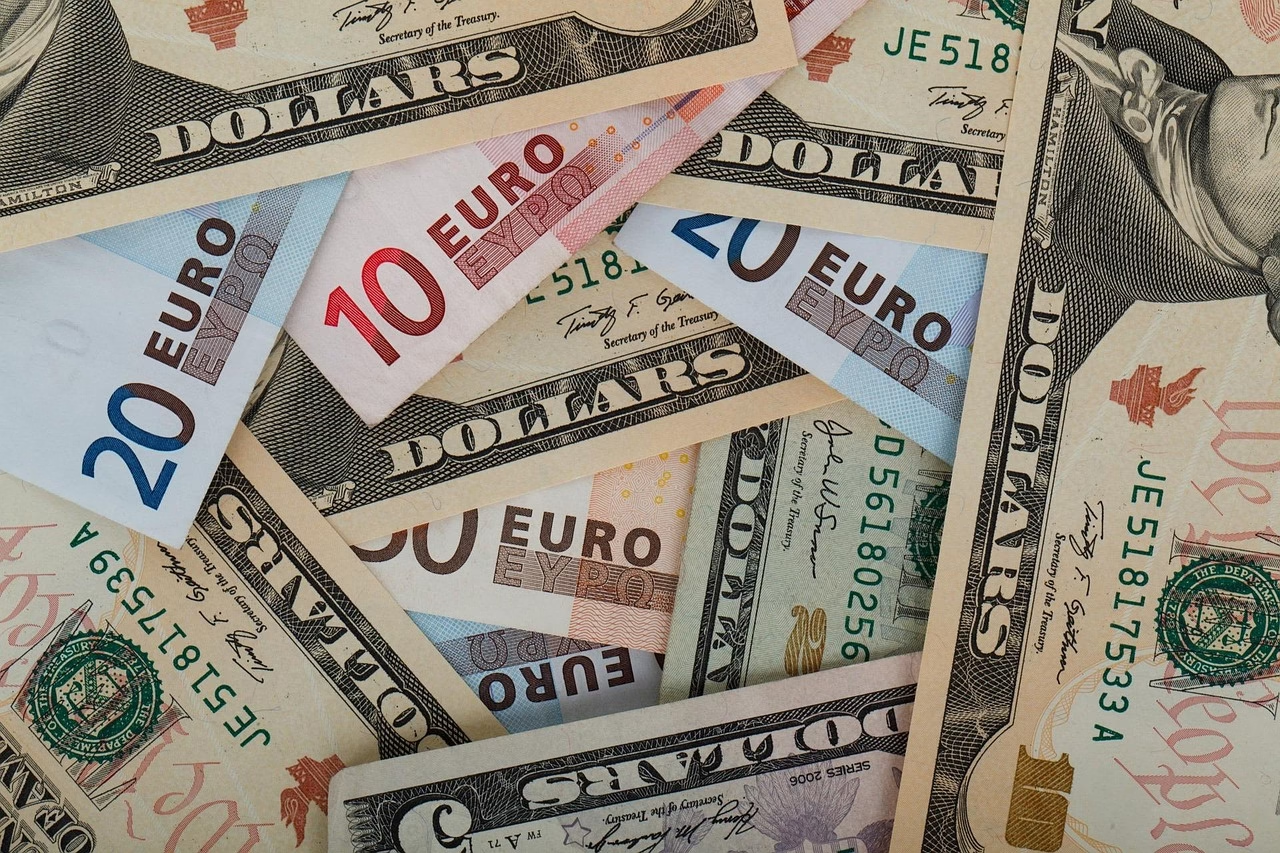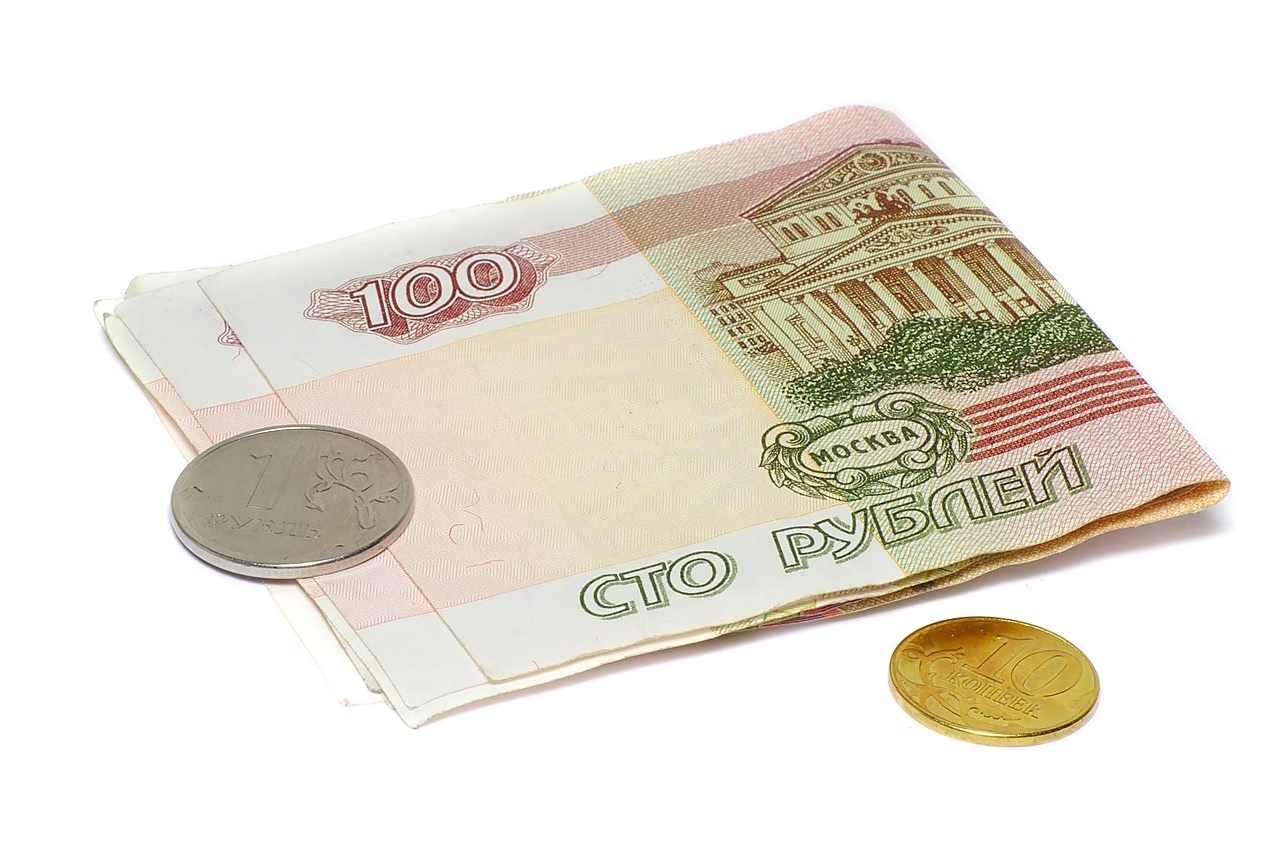SEC Approves Grayscale Five-Coin Spot ETF, Debuts First Mult
July 2, 2025 | by Sophia Vance

SEC Approves Grayscale Five-Coin Spot ETF, Debuting America’s First Multi-Token Crypto Index
By Sophia Vance — July 3, 2025
The United States Securities and Exchange Commission has finally swung the gates open for diversified spot-crypto exposure. Late on July 1, the agency cleared Grayscale’s long-running Digital Large Cap Fund (GDLC) to uplist as an exchange-traded fund tracking the CoinDesk 5 Index. The new ticker will hold Bitcoin, Ethereum, XRP, Solana, and Cardano under one roof, instantly becoming the largest multi-asset digital-currency ETF in the world with roughly $755 million in assets. (CoinDesk)
Why This Approval Is Bigger Than the Sum of Its Coins
For a decade, U.S. regulators treated crypto ETFs like a game of Whac-A-Mole: approve a narrow Bitcoin futures vehicle here, reject a spot application there. Grayscale’s victory is different. By blessing a basket that is only 80% Bitcoin and includes three assets the SEC has not definitively classified as commodities, the Commission has tacitly acknowledged that a rules-based index can coexist with ongoing enforcement actions. This is the regulatory equivalent of moving from monochrome to full color. (CryptoSlate)
The pivot required a tweak to NYSE Arca Rule 8.500-E, allowing trust units that mirror an index as long as at least 85% of underlying assets have appeared in previously approved ETPs. In practice that threshold means Bitcoin and Ethereum’s prior green lights now “carry” the remainder of the basket. The amendment will become the template for every multi-token filing that follows. (CoinSpeaker)
Inside the CoinDesk 5 Index
At launch, weightings mirror circulating market caps, rebalanced quarterly:
- Bitcoin (BTC): ≈ 80.2%
- Ethereum (ETH): ≈ 11.4%
- XRP: ≈ 4.8%
- Solana (SOL): ≈ 2.8%
- Cardano (ADA): ≈ 0.8%
Expect the dominance gap to compress over time. Bitcoin’s outsized share still dictates performance, but the structural set-and-rebalance framework means hot money flowing into SOL or XRP can mechanically increase their slice at the next review without another SEC vote. Asset managers adore that kind of rule-based autopilot because it eliminates subjective security selection and the litigation risk that comes with it. (CoinSpeaker)
Structural Upgrades Investors Shouldn’t Ignore
1. Creation-and-Redemption: As an ETF (versus its prior OTC trust wrapper), GDLC gains daily creation/redemption. Arbitrage desks can now close discounts and premiums in real time, a boon for retail price discovery.
2. Expense Ratio: Grayscale is dropping the fee from 250 bps to 150 bps at launch, still rich compared with plain-vanilla equity ETFs but dramatically cheaper than spread-heavy centralized-exchange trading.
3. Tax Treatment: Capital-gains deferral inside the fund plus 1099 reporting removes the Schedule D headache that comes with direct wallet trades.
Market Ripples: Watch the Altcoin Bid and CME Basis
With a ticker that can slot into any brokerage account, fresh inflows are inevitable. The question is distribution pace. Spot-Bitcoin ETFs attracted $15 billion in net creations during their first quarter; even if the five-coin fund gathers a conservative one-third of that, it would absorb roughly $4–5 billion in underlying crypto, a volume spike Solana and Cardano haven’t faced in a single funnel before.
On derivatives desks, I’m expecting the CME Bitcoin basis to compress as multi-asset arbitrage steals flow from single-asset plays. Simultaneously, liquidity providers may finally migrate serious XRP and SOL inventory onshore — a structural refactoring that could narrow bid-ask spreads across U.S. venues.
Competitive Chessboard: Bitwise and Hashdex Next in Line
Bitwise’s ten-coin conversion (BITW) and Hashdex’s Bitcoin-Ether product already sit in the Commission’s queue. Grayscale’s success raises the probability of a snowball approval effect: once the rulebook is written, denying a substantially similar structure invites litigation the SEC would likely lose. Watch for a rolling cadence of new tickers into year-end, each progressively broadening the definition of “acceptable” digital exposure. (CoinDesk; Cointelegraph)
Strategic Allocation — How I’m Framing It
I see three practical use cases:
- Core Crypto Sleeve: Replace a 50/50 BTC-ETH split with a single ticket, picking up tailwind from smaller caps at virtually no extra operational cost.
- Risk-On Satellite: For traditional 60/40 portfolios, a 2–3% allocation to the index ETF offers asymmetric upside while capping idiosyncratic disaster risk to any one chain.
- Tactical Pair Trades: Hedge-fund desks can short single-asset ETFs against the basket to isolate relative-value themes (e.g., long SOL via GDLC, short pure-BTC). The availability of both legs within compliant wrappers is new territory.
Risks That Haven’t Vanished
• Regulatory Overhang: The SEC’s blessing does not grant XRP, SOL, or ADA a free pass in future enforcement. An adverse court ruling could still hammer sentiment or trigger re-weighting events.
• Correlation Clusters: In a liquidity crunch, all five assets can still trade as one. Don’t confuse diversification by ticker with true factor dispersion.
• Fee Compression Pressure: 150 bps won’t last forever. As rivals launch, expect a fee war that could deliver quick wins to investors but pressure Grayscale’s margin and, by extension, marketing budget.
The Takeaway
Grayscale’s five-coin ETF is more than another ticker; it’s a signal that U.S. capital markets are graduating from single-asset crypto toys to full-scale index exposure. The product wraps institutional custody, audited pricing, and intraday liquidity in a structure everyone from wire-house advisors to DIY traders already understands. For the first time, a diversified slice of the digital economy slides neatly between an S&P 500 fund and a municipal-bond ladder.
In my view, this launch will do for altcoins what the first gold ETF did for precious metals: pull them from specialist corners onto the main stage of portfolio construction. That is how mainstream adoption actually happens — not with slogans, but with tickers. I’ve cleared space on my dashboard; you may want to do the same.

RELATED POSTS
View all



